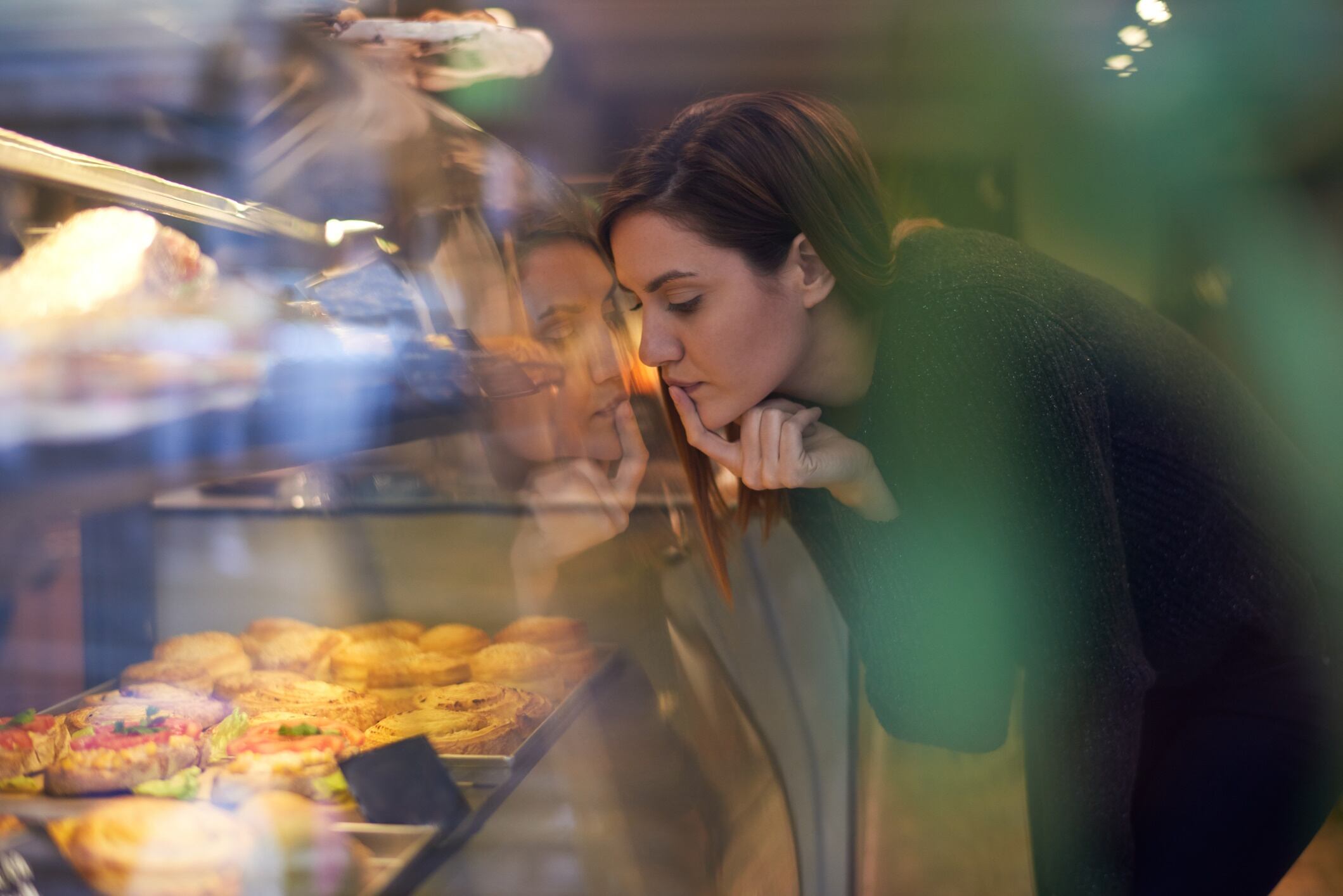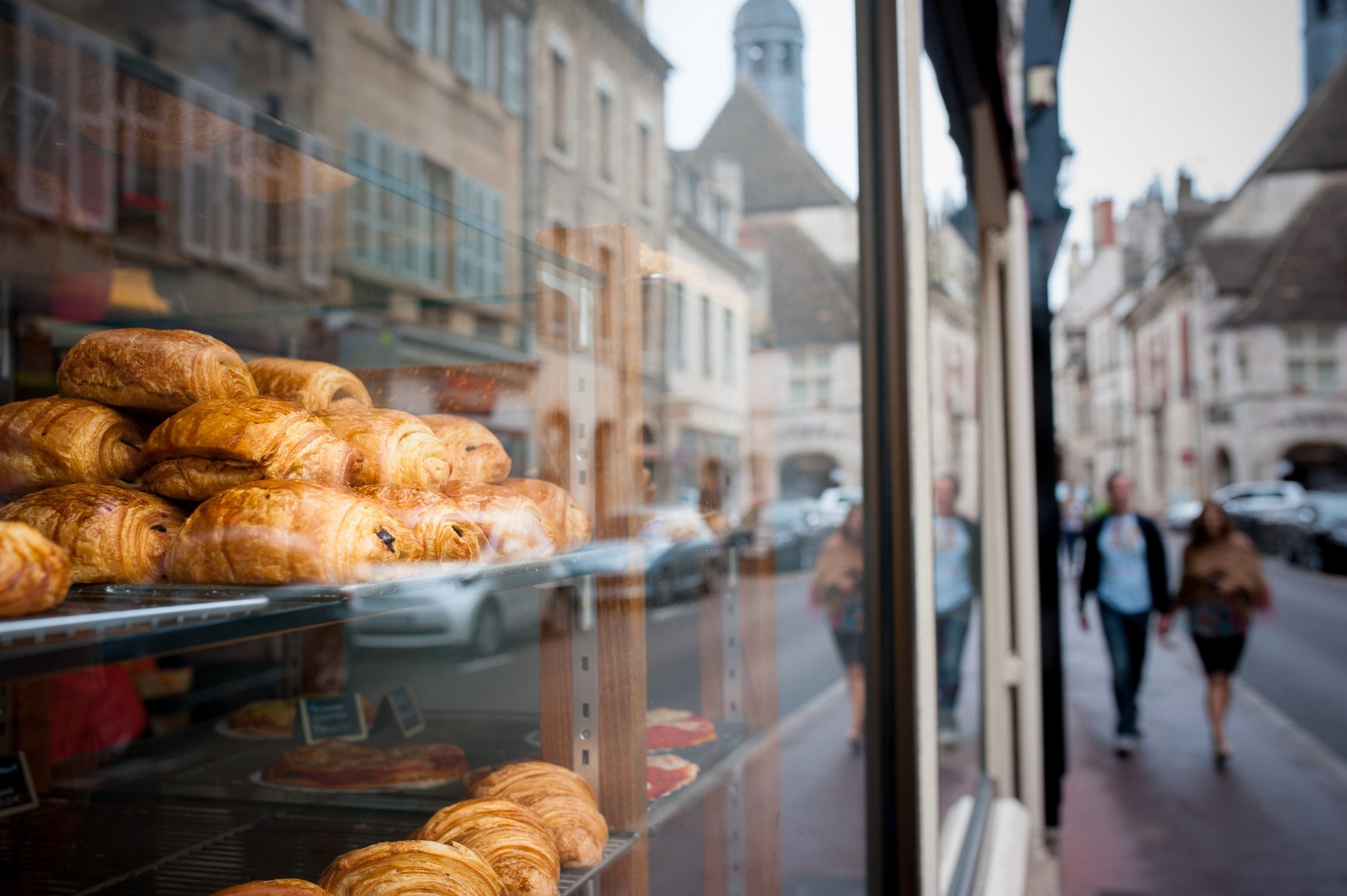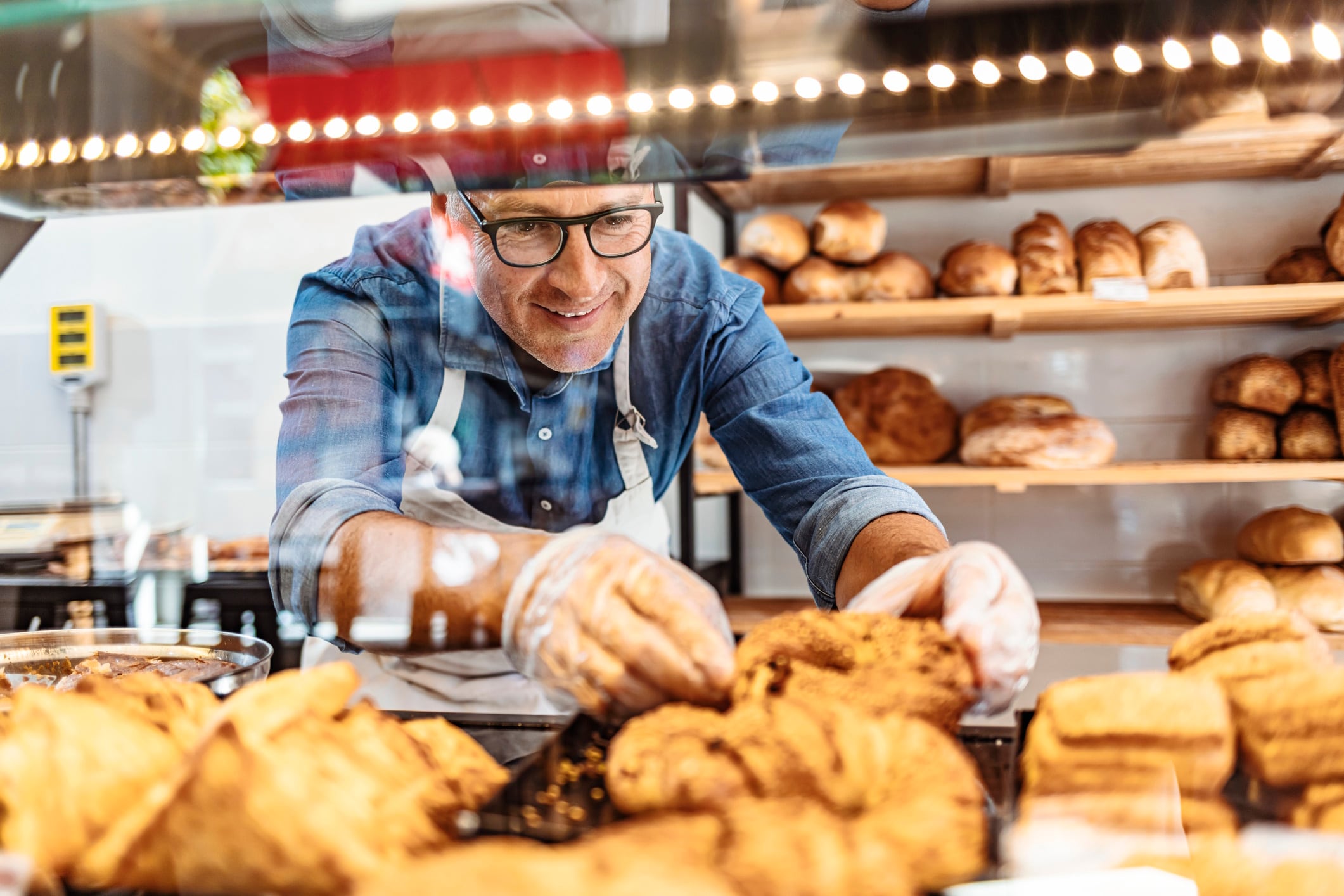Key takeaways:
- Copenhagen is now a global hotspot for bakery tourism.
- Looks and story sell as much as taste.
- Innovation rooted in tradition wins.
There’s a gentle kind of magic in the early morning ritual of Copenhagen’s bakeries. The rattle of trays fresh from the oven, the faint hum of cyclists passing by and the warm, spiced air that drifts onto quiet streets all signal the start of another pastry-perfect day.
Here, the first customers are often locals on autopilot, picking up their daily loaf or bun, but they’re now joined by a new crowd: food travelers queuing up for a taste of something they’ve seen on Instagram the night before.
Baking is deeply woven into the Danish identity. Rugbrød, the dense, sour rye bread, is as essential to the national diet as coffee, while seasonal treats like fastelavnsboller and tebirkes have long punctuated the culinary calendar.
But Copenhagen’s new generation of bakers are taking this heritage and making it their own. They’re blending time-honored technique with fine-dining finesse, elevating the city’s bakery scene to cult status on a global scale.
In the past 18 months, this quiet revolution has gone international. TikTok-viral croissants, cube-shaped pastries, gluten-free masterpieces and reimagined rye loaves are now must-tries for visiting foodies. Some bakeries are so beloved they’ve become destinations in their own right – places where people line up in the rain for 20 minutes just to snap a flaky swirl before devouring it.
From Noma alumni experimenting with miso in sourdough to celiac-friendly innovators pushing the boundaries of what’s possible without wheat, Copenhagen’s bakers are rewriting the rules. Their shops have become a stage for craftsmanship, creativity and no small amount of camera-ready indulgence.
Copenhagen’s cult bakeries, decoded

Here are five of the city’s most influential bakery stops and what they can teach the wider baking industry.
How to bake like Copenhagen
Copenhagen’s bakeries aren’t just serving buns – they’re building brands. Here’s what manufacturers and retailers can steal from the Danish capital’s pastry playbook:
Master one product. Consistency is king. One standout SKU can do more than a full range.
Remix tradition. Reinvent the familiar. Danish heritage, with a twist, sells globally.
Design for the ‘gram. If it’s not photogenic, it’s forgettable. Shape, color and topping matter.
Include everyone. Gluten-free, vegan, dairy-free – done brilliantly – can win fierce loyalty.
Sell the vibe. A great product needs a great story. Make the visit part of the treat.
These bakeries don’t just bake – they broadcast. They’re not just feeding people – they’re fueling food culture. Ready to rise to the occasion?
Juno the Bakery (Århusgade 48, 2100 København Ø)
Founded by Emil Glaser, a former chef at Noma, Juno the Bakery is where Copenhagen’s pastry obsession arguably began. It’s a compact, understated space in residential Østerbro, yet it attracts lines that wrap around the corner. Why? For the cardamom buns – buttery, spiced, soft and intricately coiled into perfect spirals that have achieved near-mythic status.
There’s no indoor seating, no overstuffed display case, no frills. Just a narrow counter stacked with fragrant, golden buns and a rhythm of baking so tightly dialed in that customers come from across the world just to taste what consistency done well can create.
Lessons for bakery entrepreneurs:
- Own your signature – one exceptional product, made flawlessly, can outshine a full menu.
- Local charm is exportable – with enough quality, even a tucked-away neighborhood bakery can become a global icon.
Hart Bageri (Gammel Kongevej 109, 1850 Frederiksberg C & multiple other locations)
Founded by Richard Hart, another Noma alumnus and former head baker at San Francisco’s Tartine, Hart Bageri is where Copenhagen’s love of tradition meets fine-dining precision. Its original shop in Frederiksberg is sleek and Scandinavian in its minimalism, but it’s what’s behind the counter that grabs attention.
On offer: blistered sourdough loaves (including a miso rye that’s fast becoming iconic), soft tebirkes and glossy custard-filled spandauers that have been refined for a modern palate. Hart’s expansion to multiple locations shows how a bakery brand can scale while staying artisanal.
Lessons for bakery entrepreneurs:
- Reimagining heritage with skill and authenticity can broaden appeal without alienating purists.
- Growth is possible without dilution – if every new shop remains true to the original ethos.
Andersen & Maillard (Nørrebrogade 62, 2200 København N & Helsinkigade 29, 2150 Nordhavn)
Part high-end bakery, part third-wave coffee haven, Andersen & Maillard is known as much for its caffeine as its croissants. The showstopper is the cube croissant – perfectly laminated, filled with pistachio or coffee custard and engineered for the camera as much as the palate. It’s become one of Copenhagen’s most photogenic exports.
Co-founded by former Noma pastry chef Milton Abel and barista champion Hans Kristian Andersen, A&M delivers layered innovation – from the open-plan design to its inhouse coffee roasting. It’s a bakery made for the modern consumer: part workspace, part indulgent escape.
Lessons for bakery entrepreneurs:
- Aesthetics matter – design products for visual appeal without sacrificing flavor or quality.
- Diversify experience – pairing bakery with high-end coffee or another category can deepen the visit and broaden spend.
Buka (Frederiksberggade 21, 1459 København K & additional locations across the city)
If Juno built buzz through word-of-mouth, Buka has ridden the algorithm to fame. Its cream-filled croissants, topped with everything from strawberries to chocolate pearls, have exploded on social media, turning the bakery into a sensation among Gen Z travelers and pastry chasers.
But Buka is more than a pretty feed. Its croissants are rich, crisp and deeply flavorful, and the seasonal rotation keeps fans coming back. The bakery now boasts five Copenhagen locations, each one styled for maximum impact and efficiency.
Lessons for bakery entrepreneurs:
- Virality is a launchpad, not a strategy – back it up with consistently excellent products.
- Seasonal drops keep engagement high – use limited editions to drive footfall and social sharing.
H.U.G. Bageri (Århusgade 146, 2100 København Ø)
In a market where gluten-free is often synonymous with compromise, H.U.G. flips the script. Its pastries – from cinnamon buns to tebirkes – are indistinguishable from their wheat-based counterparts. Founded in 2020, the Østerbro bakery quickly won fans both for its inclusive ethos and its exceptional execution.
Beyond its daily offering, H.U.G. hosts gluten-free baking classes and caters to multiple dietary needs, including vegan and dairy-free diets. It’s a masterclass in how niche doesn’t have to mean narrow.
Lessons for bakery entrepreneurs:
- Don’t treat special diets as second-tier – exceptional taste should be universal.
- Build community around inclusion – education, events, and empathy drive loyalty.
Postcards from …
Each month, we spotlight the bakeries shaping global trends – what they’re serving, how they’re standing out and why the world is lining up. Each featured bakery has made a real impact in the past 18 months, through credible media coverage, viral buzz or a product so distinctive it’s setting the standard.
Next: New York – where bagels, Basque cheesecakes and boundary-pushing bakes are rewriting the rules of American pastry.





